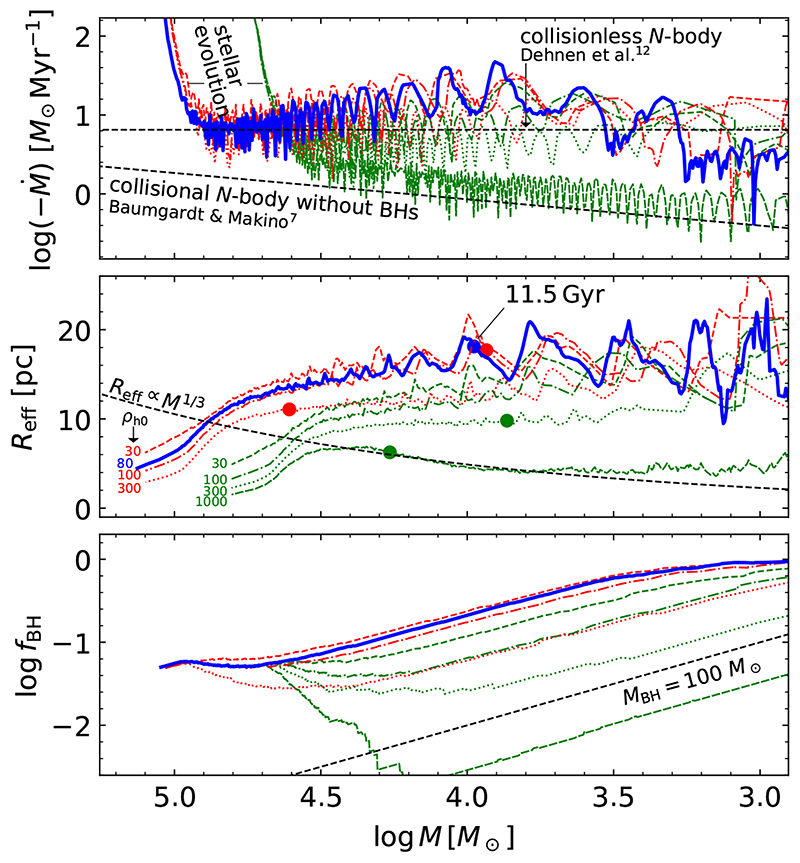Figure 2. Results for different initial conditions for clusters with BHs.
Results of wBH-1 (blue, thick lines), compared to other wBH models with N0 = 100k (green lines) and 200k (red lines) with different initial densities. Different panels show the variation of diagnostic quantities as a function of bound cluster mass (x-axis), which decreases in time. Top: Total (positive) mass-loss rate (–Ṁ), which is initially high as the result of stellar evolution. After about 30% of the mass is lost, Ṁ is dominated by escaping stars and BHs. The results of the collisionless N-body model of Pal 512 and that of the collisional N-body models without BHs7 are overplotted. Because of the BHs, wBH-1 loses mass at a similar rate as the lower density collisionless models. Middle: Evolution of Reff with the age of 11.5 Gyr indicated with dots. The models do not evolve towards a constant luminosity density (i.e. Reff ∝ M1/3), as predicted for single-mass clusters53. Instead, Reff remains approximately constant while the cluster evolves to lower mass and there is a factor of five spread in Reff at a given mass due to variations in ƒBH (bottom). Dense clusters eject all BHs, while low-density clusters lose stellar mass at a higher rate than BH mass, and evolve along tracks of nearly constant BH mass towards a 100% BH cluster.

